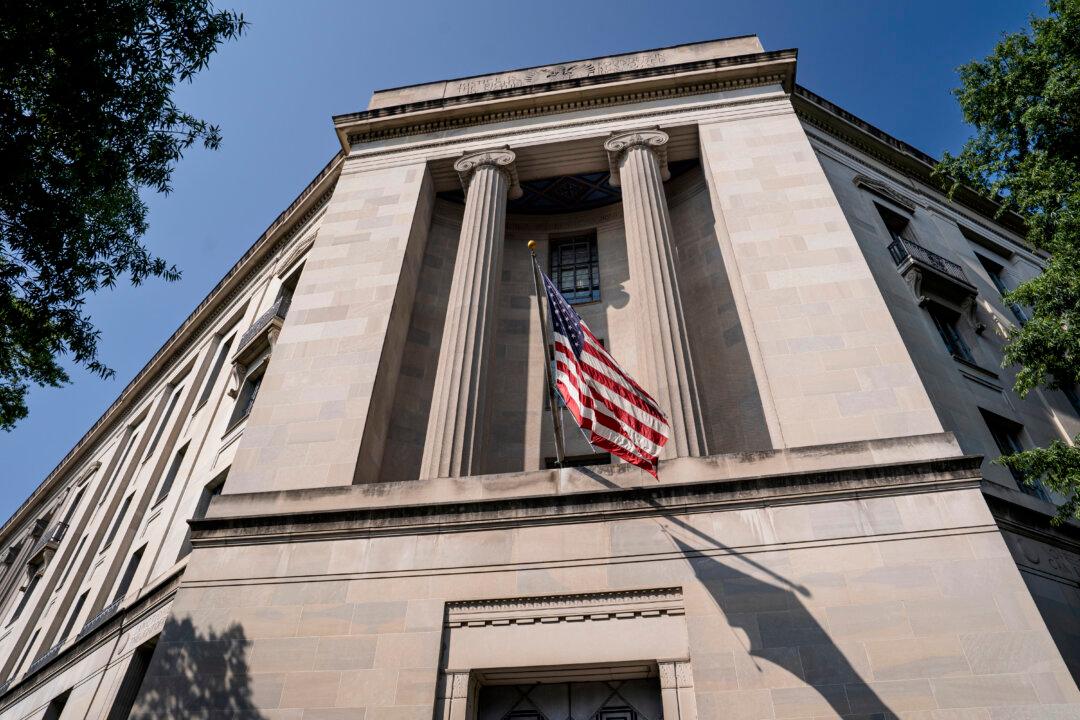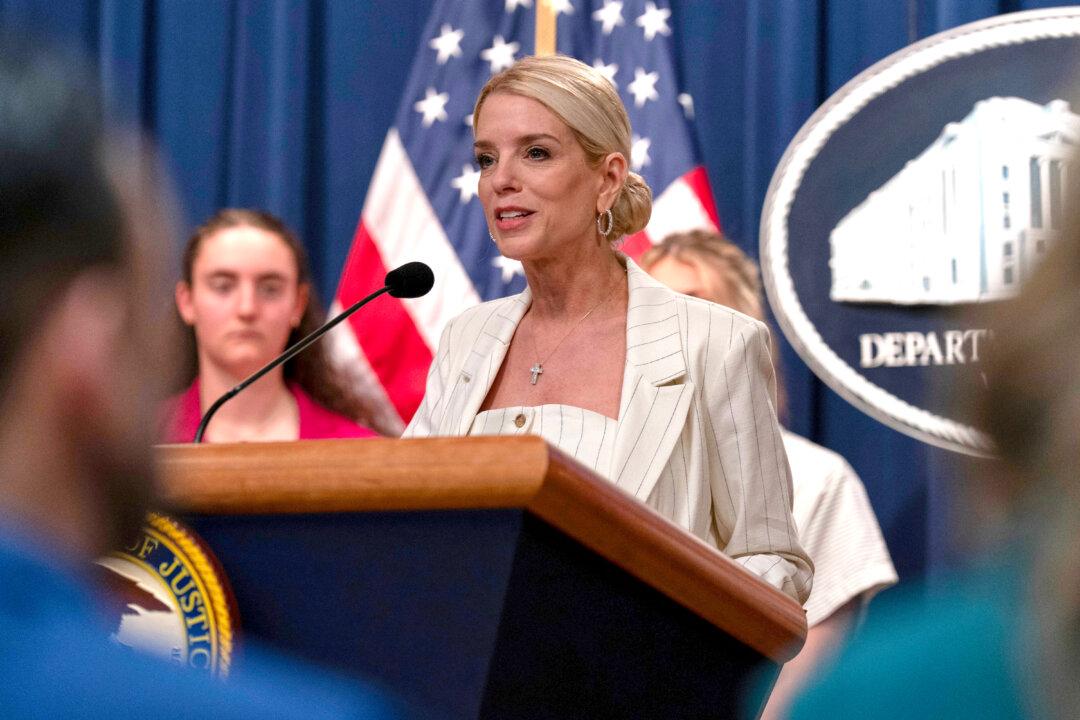The drone will now be taken away for forensic examination in a bid to find the suspect who caused thousands to face major travel disruptions.
Detective Chief Superintendent Jason Tingley told Sky News officers had found a damaged drone near the “north perimeter” of the airport.
“Obviously we will be doing everything we can with regard to forensically examining that drone,” he said, “and that is something that is being fast-tracked and expedited.”
Unknown culprits flew drones onto the airfield at London’s Gatwick Airport between Dec. 19 and Dec. 21, resulting in three days of crippled operations.
Airport officials were forced to cancel or divert about 1,000 flights, affecting 140,000 passengers.

Police on Dec. 23 released without charge two people arrested in the inquiry into the illegal use of the drones.
Sussex Police arrested Paul Gait, 47, and wife Elaine Kirk, 54, at their Crawley home on Friday night over the attacks.
“Both people have fully co-operated with our enquiries, and I am satisfied that they are no longer suspects in the drone incidents at Gatwick,” Tingley said on Sunday.
Police said they were actively following lines of investigation to catch those responsible for the most disruptive incursions from unmanned aerial vehicles seen at any major airport.
Tingley called on the public to assist with identifying the perpetrators.
“We ask for the public’s continued support by reporting anything suspicious, contacting us with any information in relation to the drone incidents at Gatwick.”
What Happened?
Drones spotted at Gatwick on Wednesday, Dec. 19, forced officials to close its runway.Every time the airport sought to reopen the runway on Thursday, the drones returned.
Authorities finally regained control over the airfield after the army deployed unidentified military technology to guard the area, reassuring the airport that it was safe enough to fly.
The drones caused misery for travelers, many sleeping on the airport floor as they searched for alternative routes to holidays and Christmas family gatherings.
Drone Laws
British authorities in July restricted drones to 400 feet and banned them from flying within 1 kilometer (0.6 miles) of an airport.Jonathan Nicholson, assistant director at the UK Civil Aviation Authority (CAA) commented on the new laws on July 30:
“As recreational drone use becomes increasingly widespread across the UK it is heartening to see that awareness of the Dronecode has also continued to rise—a clear sign that most drone users take their responsibility seriously and are a credit to the community.

“Drones are here to stay, not only as a recreational pastime but as a vital tool in many industries—from agriculture to blue-light services—so increasing public trust through safe drone flying is crucial,” Nicholson said.
If convicted, the drone grinch could face up to five years behind bars.




